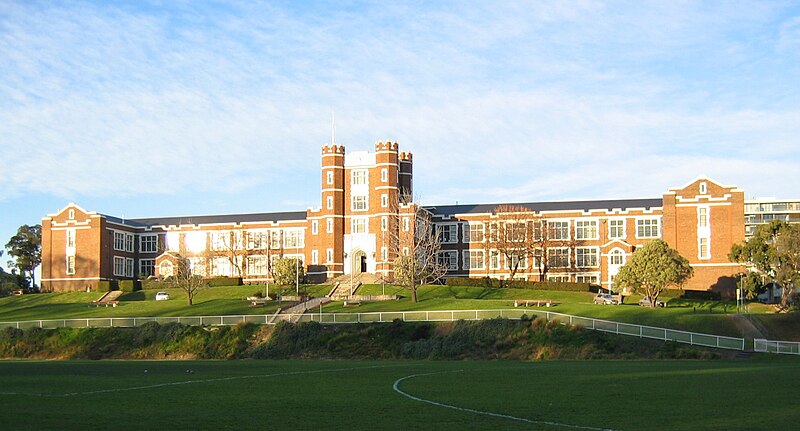Climate Change in Schools Today

Image via Wikimedia
There is no issue more divisive in American politics than the issue of anthropogenic climate change; it seems every person, from the man who delivers your paper to the president of the United States, has an opinion on the issue. Whether informed or not, this opinion shapes public policy: those in control tend to vote as their own personal opinions dictate. This means that, by and large, each American state has a different curriculum, and approaches issues, especially anthropogenic climate change, through different avenues and from different perspectives. It is safe to say that students who are going to college at home, those sitting in classrooms in Seattle and all the college students in California in between are getting different information about climate change.
According to an article published January 16, 2012, states such as Texas and Louisiana have enacted laws into their curriculum that require the teaching against man-made climate change in schools. Other states are sure to follow in the coming months: without a standardized national curriculum, the states are at the will of the people in charge. Those with power, lawmakers and such, tend to vote along the same lines their opinions lie; with or without evidence to the contrary, senators in these states will enact curriculums, many without any teaching experience at all.
That, truly, is the issue at hand: should a person with no experience in a field, such as education, be vested power over it? The ‘correct’ viewshould be left to the educator in the classroom, someone with experience and knowledge on the topic and, more importantly, knowledge of how to teach that viewpoint, to make it palatable for young minds. Without such trust in educators, our education system is destined to fail.
With that trust placed in the skill of the educator, however, the American school system will be in safe, strong hands. Relying on the educator instead of the politician to know what is right for the child in the classroom makes sense: the educator is the one who sees the child on a day-to-day basis, the one who knows what sort of pre-dispositions the child has, what preconceptions they bring into the classroom. The educator, not the politician, knows how to bend and hew a topic into the perspective of the child, making it palatable to them.
States like Vermont have taken this path; in a study produced in 2005, the Middlebury college outlined the ways to teach climate change, especially anthropogenic climate change, education in public and private education settings. This is in stark contrast to states like Texas and Louisiana, where the politician leads the educator. Here, the educator, and their opinion, shapes and defines public policy.
With or without preconceived notions, what is brought into the classroom carries strong repercussions with children, how they’re educated, and how they respond to the world around them. For that reason, allowing the educators to determine what is and is not taught in their own classroom is the way forward: from climate change to evolution, the way that politicians react to provocative subjects should be kept separate from the way we teach and raise our children.
*Estelle Schumann is a writer interested in a wide range of educational methods. Having played several instruments and been exposed to many art forms in her childhood, she finds that solving the education puzzle today requires more than simply a large budget. She currently writes and researches about online education.
Trackback from your site.
